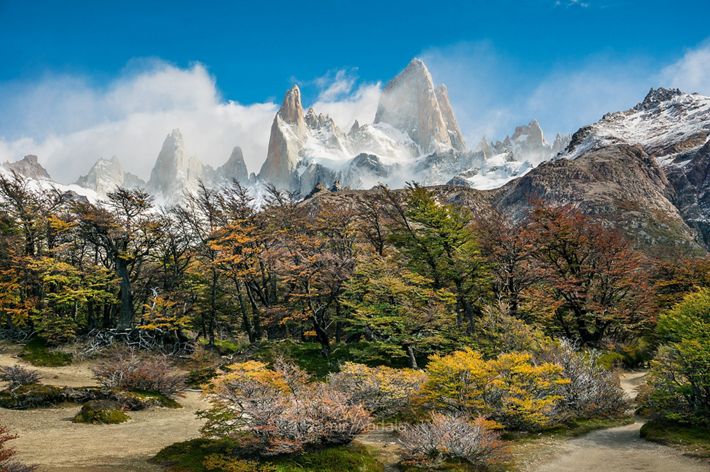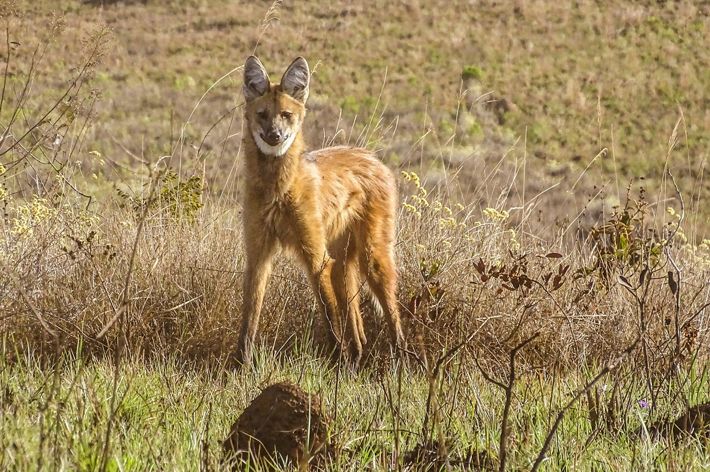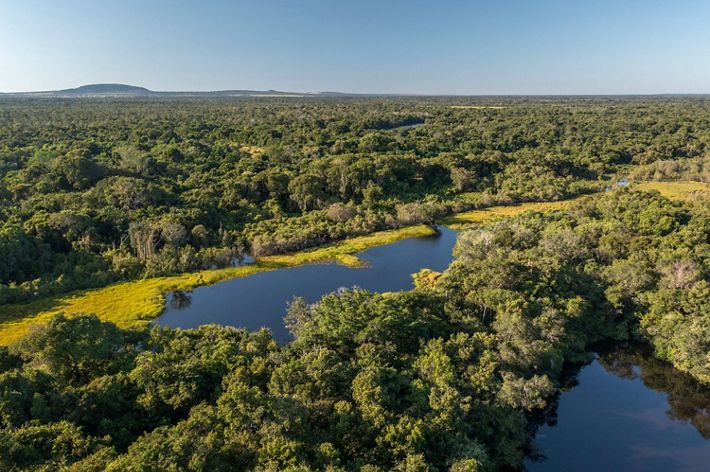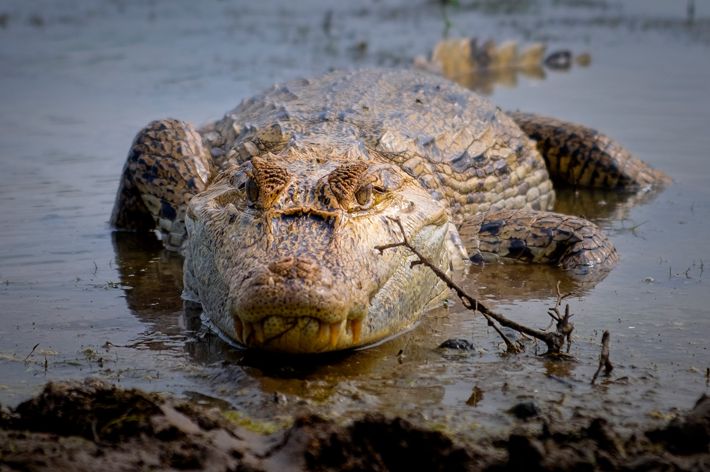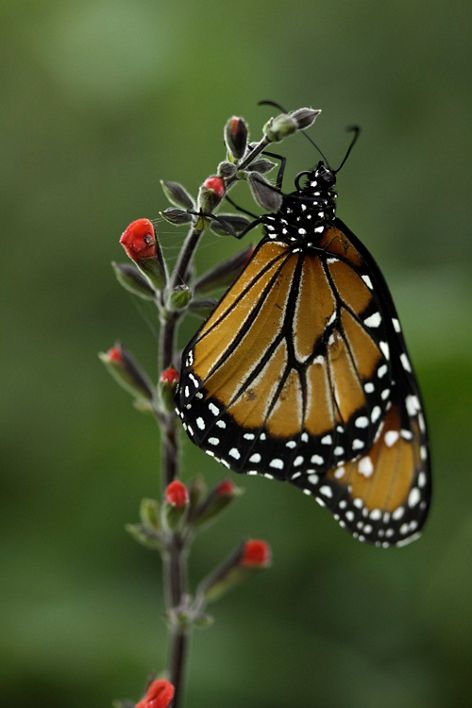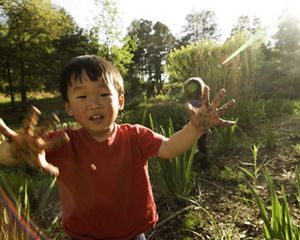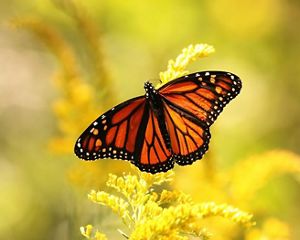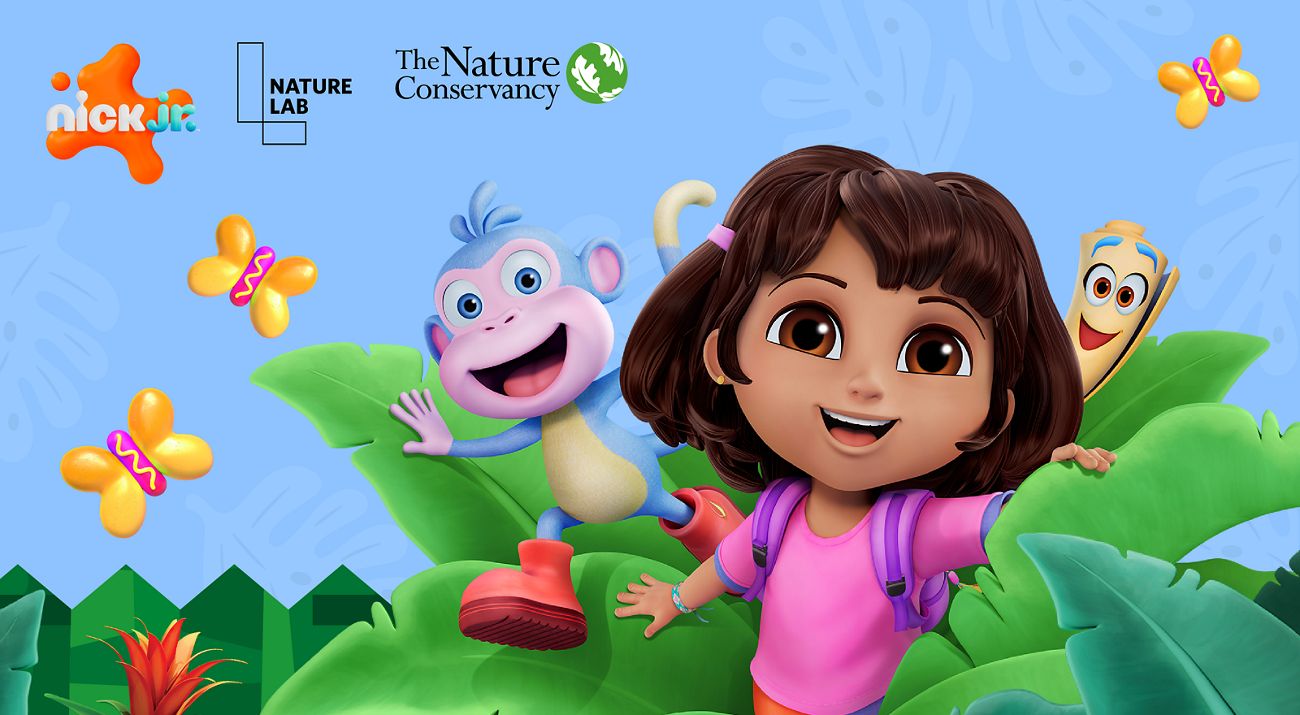
Dora explores Latin America’s Biodiversity
Join the renowned explorer, Dora, on an exciting journey through Latin America as she discovers the unique animals and landscapes of this region.
Nick Jr
Are you ready for Dora’s new adventure? This time, in collaboration with The Nature Conservancy (TNC), we will help her find the home of a friendly yellow butterfly. But where should we start? Let us explore together some of Latin America’s corners, one of the most biodiverse continents in the world and where 40 percent of the planet’s species live.
Map of the places that Dora Visited in Latin America with TNC.
 Argentina
Argentina
The steppe, rapids, wetlands and peat bogs, lakes, ancient forests, coasts, mountains, glaciers, and forests are some of the habitats that make up this country, where Dora met the smallest wild feline in the Americas: The Kodkod or Güina. Measuring 17.7 inches in length and having a 7.8-inch tail, it is a solitary animal with nocturnal habits that spends most of its time on the treetops of temperate South American forests.
In Argentina, TNC works in the Gran Chaco and Patagonia, promoting initiatives that combine various nature-based solutions that improve production through innovation and technology.
This is the güiña or kodkod.
Landscape at Argentinian Patagonia
 Chile
Chile
Finding a species thought to be extinct was one of the great surprises that Dora and her friends experienced when they visited the Valdivian Coastal Reserve—one of the largest extensions of temperate and humid forests in Chile—where TNC works with local stakeholders to protect that ecosystem, ensuring Earth’s diversity for the next generations.
Darwin's fox is a unique mammal that lives in the native Valdivian Forest, grasslands, and open lands. It is a solitary animal, although it is also found in pairs. Its diet consists mainly of insects, small mammals, and, to a lesser extent, birds, reptiles, and amphibians. In addition, it eats fruits from Valdivian Forest trees, which gives it a seed-disperser role. That is an example of how preserving those ecosystems protects vital habitats for many species.
Darwin's Fox
Park Ranger looking up at alerces of Valdivian Coastal Reserve.
 Peru
Peru
Peru's biodiversity.
Peru is home to the Tumbes and Piura dry forest and the Pacaya–Samiria Reserve, two ecosystems with incredible biodiversity, and, of course, where Dora made new friends: the howler monkey, the giant anteater, the jaguar, the manatee, and the playful pink dolphin were some of them.
In the Peruvian Amazon, the rivers are torrents of life. They carry oxygen, sediments, and nutrients, providing the daily sustenance of thousands of species and hundreds of riverside communities. Thus, they contribute to forming natural habitats essential for fishing production and biological diversity. Learn more about TNC’s work in the territory via Rivers of Life (in Spanish).
Dora Explores Latin America. Here is a river from Peruvian Amazon.
 Ecuador
Ecuador
There is nothing like coming across a gigantic sage to learn about the Galápagos Islands, the second largest marine reserve on the planet, where the Galápagos Tortoise lives. It is the largest species of land tortoise living today and can weigh as much as 880 lbs. and measure 6.5 feet. And that is not all; it is one of the longest-living animals known, with an average age above 150 years! Could it be a result of its strictly vegetarian diet?
For over 20 years, TNC has protected the Galápagos biodiversity in partnership with a local organization in the Pájaro Brujo Reserve to conserve vital cloud forest remnants in the upper part of Santa Cruz Island and thus contribute to conserving that ecosystem’s emblematic species.
Dora meets the Galapagos Tortoise in Ecuador.
Dora Explores Latin America. This is one of the Galapagos Islands in Ecuador.
 Brazil
Brazil
The Cerrado is a widespread savanna that extends through 772,204 square miles in the middle of Brazil. It is home to 935 bird species, over 10,000 plant species (of which 45 percent are only found in the Cerrado), and nearly 300 mammal species, including species under threat of extinction, such as the maned wolf (Aguara Guazu). It is a solitary Canidae that roams the plains and can raise its head above the undergrowth thanks to its long legs (it is the largest of its species in South America). Another interesting fact is that it does not howl but communicates from a distance through deep, hoarse barks. That was one of the critical factors that helped Dora and her friends recognize it when they crossed paths with it.
Maned wolf or Aguara Guazu.
Dora Explores Latin America. In Brazil she observed the maned wolf or Aguara Guazu.
The biome is threatened by rampant conversion of the savannas to cropland and hunting grounds. On this topic, TNC has been promoting sustainable livestock and agricultural practices and protecting the lands surrounding Emas National Park in Cerrado’s southwestern region to generate biodiversity corridors for that and other species. Learn about TNC's work in the country with the greatest diversity of flora and fauna on the planet.
The Cerrado in Brazil.
 Colombia
Colombia
Sharp teeth, long tail, giant claws, extremely hard and dry, scaly skin—yes, it is a cayman, but not just any cayman: It is the Orinoco cayman, a unique species for the Colombian Orinoquia. It can measure up to 29.9 feet and is considered one of the largest crocodiles in the world. That is what Dora learned during her visit to magical Colombia.
Dora Explores Latin America. In Colombia, Dora met the Orinoco cayman.
The Colombian Orinoquía is a reservoir of biological diversity, including savannas, wetlands, and rivers. It is also the cultural heritage of local traditional and Indigenous communities. TNC has prioritized its work there to balance water resources, land use, and food and energy production while preserving biodiversity. Learn more about TNC’s work.
Orinoco cayman, Crocodylus intermedius.
 Mexico
Mexico
Did you know that the monarch butterfly migration is an extraordinary phenomenon that happens every year? After traveling thousands of miles from Canada and the United States, monarch butterflies arrive in the forests of central Mexico in the fall. There, they find the ideal conditions to spend the winter. Around five generations occur from the beginning of their migration to their establishment. The last generation hatches between September and the beginning of October, and those butterflies make up the new traveling generation that will repeat the extraordinary round-trip migration.
The forests that protect monarch butterflies are particularly important water catchment basins that contribute to reducing carbon dioxide from the atmosphere. Protecting their habitats is essential to preserving biodiversity, reducing threats to those incredible pollinators, and maintaining their astonishing migration. Like Dora, are you interested in doing something about that? Plant a garden dedicated to pollinators and learn about the work TNC leads to protect the monarchs in the United States and Mexico.
Monarch butterfly, the butterfly Dora wanted to find.
Dora Explores Latin America. In Mexico finally found the monarch butterfly.
This special is possible thanks to the collaboration between The Nature Conservancy, Nature Lab, and Nickelodeon Latin America.
Follow Dora’s travels on our social media @tnclatinoamerica and Nickelodeon accounts @nickjrla, @nickjrbrasil.


